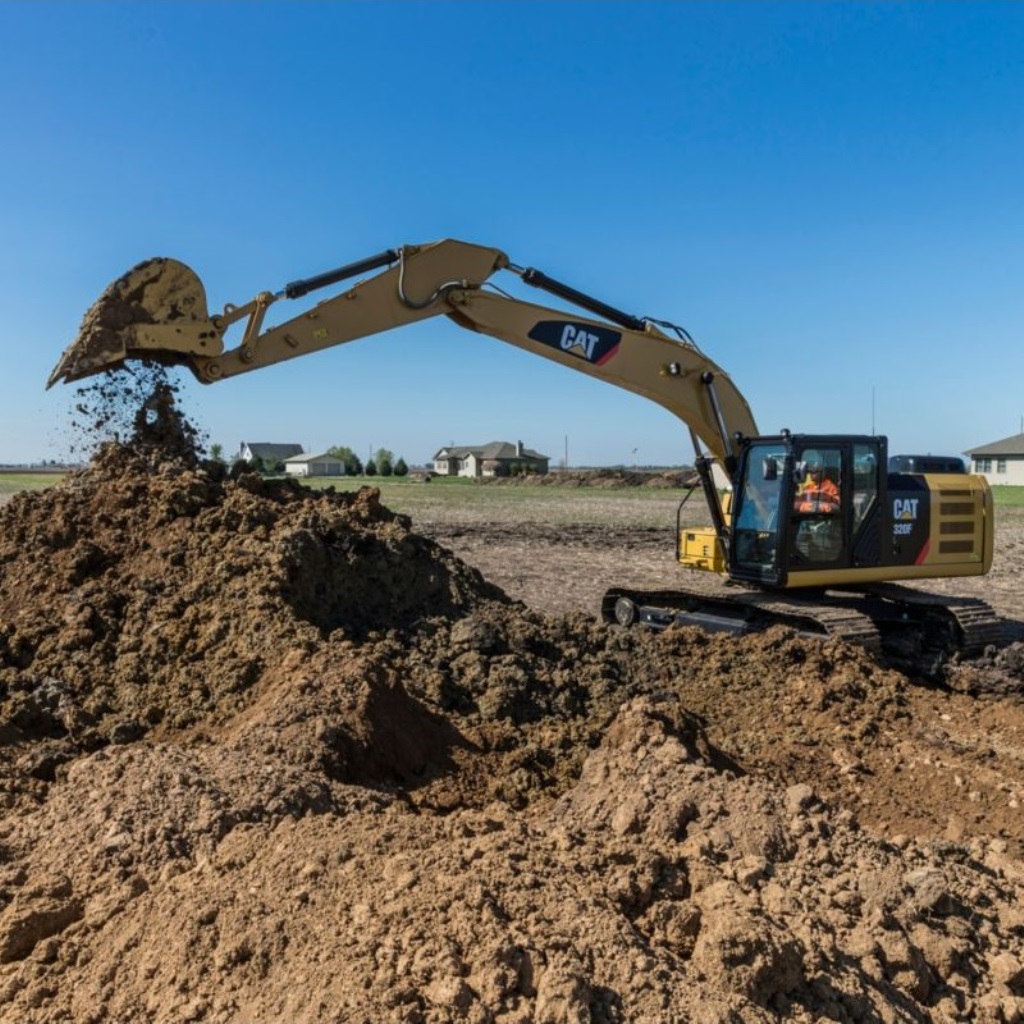Industrials
Should Caterpillar Still Be the Best DJIA Stock of 2016?

Published:
Last Updated:

It almost seems too good to be true, but Caterpillar Inc. (NYSE: CAT) is still the best performing of the 30 Dow Jones Industrial Average components so far in 2016. This total return of 27.3% is also the best performing DJIA stock by almost a full 5.5 points.
Less than robust economies in China, Brazil, Russia and other growth markets have all eaten into Caterpillar’s revenue growth. Ditto for the U.S. dollar strength and a slow capital spending climate. One issue that is more prevalent today than in years past is that there is now a rather large inventory of used equipment that can be bought or leased in many of these nations that might otherwise buy new equipment.
After tallying everything up, it almost seems ludicrous that Caterpillar should be up this much at — let alone be the best DJIA stock so far this year.
24/7 Wall St. wanted to look back over this case to see if it is overblown or if this resembles that mysterious recovery that catches cautious or logical investors by surprise. One key issue here is that the stock market tries to act like a discounting mechanism, looking beyond today’s news and figuring out what the scenario will look like six or 12 months in the future. In the case of big companies and expected turnarounds, sometimes the valuations and news headlines of today get discounted for 18 to 24 months.
Caterpillar’s year-to-date performance is 27.3%, if you include dividends. That seems hard to fathom for a company with no revenue growth and that just had one of the newer layoff announcements. The DJIA stocks behind Caterpillar in the chase all have total returns of 21% to 22% — Merck, UnitedHealth, 3M and Wal-Mart, respectively. The median gain on all Dow stocks is right at 6.3%, and the Dow itself is up over 8% so far in 2016.
Several big analyst calls have been made on Caterpillar in 2016. Some of these calls seem small in the big picture, but others stand out handily. These were seen as follows:
24/7 Wall St. wanted to see what has happened with Caterpillar’s share price. Caterpillar ended 2015 at $67.96, without adjusting for dividend payments, for a total return of −23% in 2015. For 2016, the consensus price target from Thomson Reuters in the first week of January was $68.19, and now shares are right at $83.50. The consensus price target as of August 12, 2016, is $72.06.
Another issue making Caterpillar’s status as the top Dow stock is that this was not at all expected at the start of 2016. When 24/7 Wall St. ran a 2016 bull-bear analysis for Caterpillar, the expected total return for Caterpillar was only 4.9% for the whole year, even you included its 4.5% dividend yield at the time.
The hoped for recovery in China continues to help here. Continued restructuring (lower headcount) is also viewed as a boost. Gold’s completely unexpected rise for 2016 was also not a factor at the start of 2016. A small business recovery has been seen in some of the metals companies, but some of this is just companies focusing on profitable operations while slowing down on losing ones.
Another shocker here is that Caterpillar’s earnings trends remain in decline. Analysts have lowered and lowered the targets for earnings revenues, and it seems obvious that the real outcome on growth versus contraction may rely on matters outside of the U.S. company’s control. Perhaps the dividend and buyback efforts are giving investors the confidence to ride out this storm.
It seems impossible to imagine that stock market bulls would have guessed that Caterpillar’s shares would be the best performing Dow stock in mid-August. The fundamentals here are not recovering yet, but the discounting efforts of the market are looking out into 2017 or beyond for margin and earnings.
Before getting too excited about Caterpillar’s 2016 rise to $83.50, do not overlook that Caterpillar was a $115 stock back in April of 2011. It still has a long way to rally before its return to new highs. Revenues were $47 billion in 2015, versus $55 billion in 2014 and in 2013. Revenue in 2012 was $65.9 billion. Analysts see revenues of $40 billion in 2016 and almost $40 billion in 2017 — and revenue projections are still just $40 billion for 2018.
This is one of those mystery rallies, and the analyst community seems to think it has run up too far. Caterpillar share buyers have acted differently. A rational investor might expect that further gains would need to be preceded by announcements of some expected improvements.
Start by taking a quick retirement quiz from SmartAsset that will match you with up to 3 financial advisors that serve your area and beyond in 5 minutes, or less.
Each advisor has been vetted by SmartAsset and is held to a fiduciary standard to act in your best interests.
Here’s how it works:
1. Answer SmartAsset advisor match quiz
2. Review your pre-screened matches at your leisure. Check out the advisors’ profiles.
3. Speak with advisors at no cost to you. Have an introductory call on the phone or introduction in person and choose whom to work with in the future
Thank you for reading! Have some feedback for us?
Contact the 24/7 Wall St. editorial team.